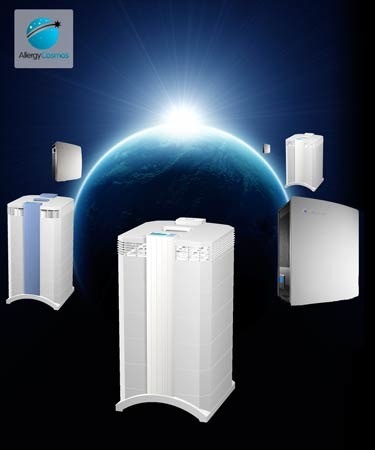
Ionisers
An electrostatic air purifier - or ioniser as they are sometimes called - applies an electric charge to particle pollution in the air that passes through the air purifier and uses a collection surface to take the pollution out of the air. An electrostatic air purifier can be useful in creating healthier indoor environments by taking dust, pet dander, pollen and other pollution out of the air.



